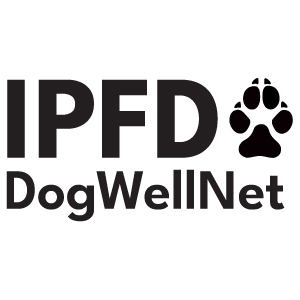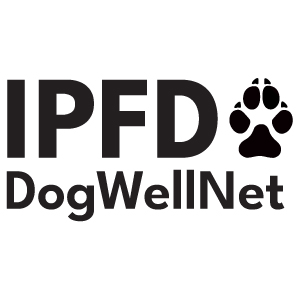A few issues to consider...
We cannot ignore the fact that a percentage of purebred dogs are bred by breeders who operate outside the major dog club systems and registries (the very systems responsible for creating and revising Breed Standards); the dogs are sold to buyers who do not participate in dog club activities. Breeders, puppy buyers and dog owners who are not involved in showing dogs in conformation, not involved in working and performance activities with dogs or committed t
Breed Standards are valuable tools for defining, maintaining and preserving purebred dog breed's distinct type and purpose. Interpretation of conformation points described by the language used in Breed Standards is much debated among serious breed fanciers and judges. Recently comments have been made regarding the need to review and change the Breed Standards for some breeds with the aim of clarifying 'ideal' characteristics described, particularly with a mind to the Breed Standard's wording and its relationship to breed health and welfare.
Preservation of a breed's cherished qualities rides on breeders' understanding and interpretation of the breed standard and real world application of choosing mating pairs likely to produce offspring that favorably 'measure up' to the ideal specimen described in the Breed Standard - including producing a dog fit for purpose and function.
 A few issues to consider... We cannot ignore the fact that a percentage of purebred dogs are bred by breeders who operate outside the major dog club systems and registries (the very systems responsible for creating and revising Breed Standards); the dogs are sold to buyers who do not participate in dog club activities. Breeders, puppy buyers and dog owners who are not involved in showing dogs in conformation, not involved in working and performance activities with dogs or committed t
A few issues to consider... We cannot ignore the fact that a percentage of purebred dogs are bred by breeders who operate outside the major dog club systems and registries (the very systems responsible for creating and revising Breed Standards); the dogs are sold to buyers who do not participate in dog club activities. Breeders, puppy buyers and dog owners who are not involved in showing dogs in conformation, not involved in working and performance activities with dogs or committed t Breed Specific Instructions The Breed Specific Instructions were initiated in Sweden and now are used in many countries to address issues of extreme physical characteristics in certain breeds. To see a list of high-risk breeds see: http://www.skk.se/Global/Dokument/Utstallning/special-breed-specific-instructions-A8.pdf The BSI document is also available in http://dogwellnet.com/files/file/98-the-swedish-kennel-clubs-breed-specific-instructions-bsi-programme/ (IPFD Download
Breed Specific Instructions The Breed Specific Instructions were initiated in Sweden and now are used in many countries to address issues of extreme physical characteristics in certain breeds. To see a list of high-risk breeds see: http://www.skk.se/Global/Dokument/Utstallning/special-breed-specific-instructions-A8.pdf The BSI document is also available in http://dogwellnet.com/files/file/98-the-swedish-kennel-clubs-breed-specific-instructions-bsi-programme/ (IPFD Download
